Home>Articles>How Lithium Batteries For Hand Tools Work Tutorial
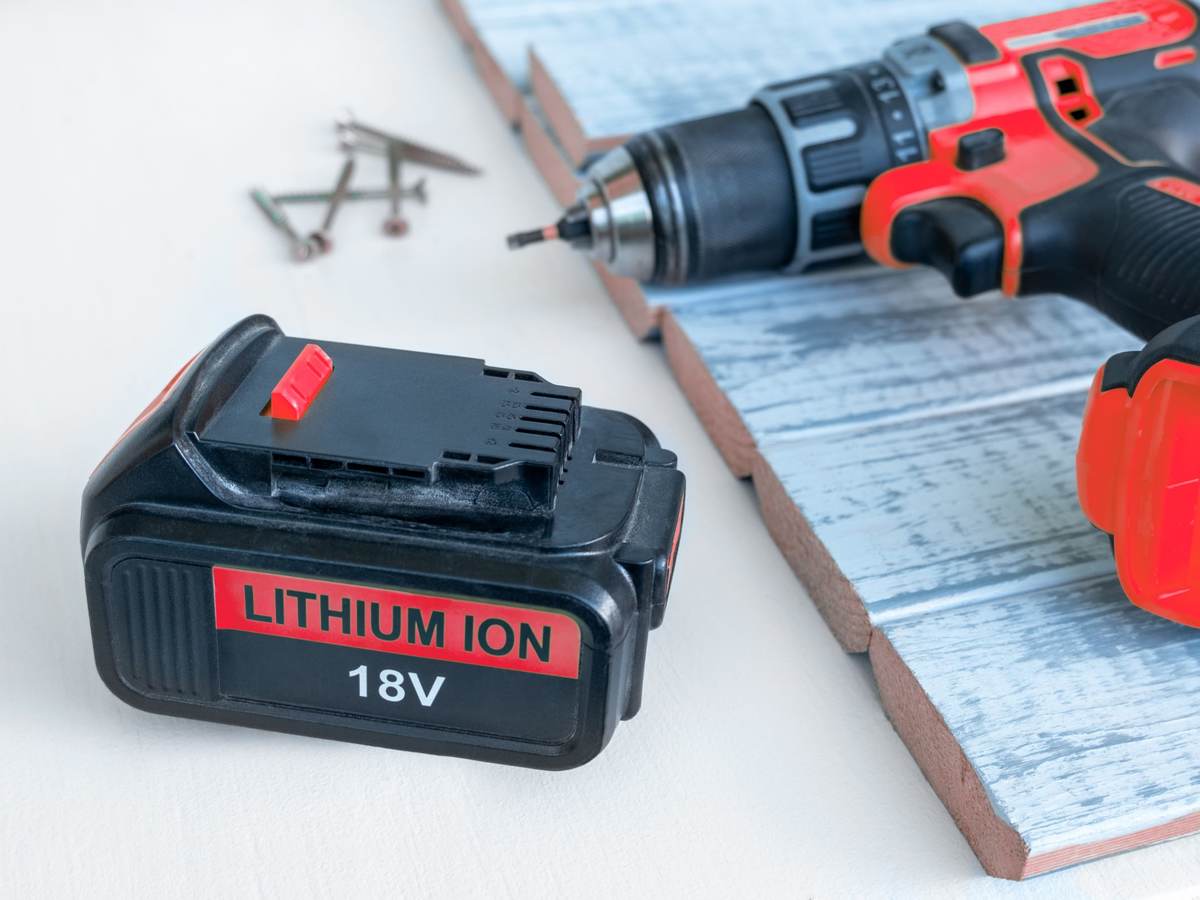

Articles
How Lithium Batteries For Hand Tools Work Tutorial
Modified: January 22, 2024
Discover how lithium batteries work in hand tools with this informative tutorial. Read articles and learn everything you need to know about these powerful energy sources.
(Many of the links in this article redirect to a specific reviewed product. Your purchase of these products through affiliate links helps to generate commission for Storables.com, at no extra cost. Learn more)
Introduction
Hand tools are essential for various tasks, ranging from construction and woodworking to DIY projects and repairs. These tools rely on a reliable and efficient power source to operate effectively. In recent years, lithium batteries have emerged as the preferred choice for powering hand tools due to their numerous advantages over traditional power sources.
In this tutorial, we will explore the world of lithium batteries for hand tools. We will delve into their functionality, advantages, components, and safety considerations. By the end of this article, you will have a clear understanding of how lithium batteries work and why they are a popular choice for powering hand tools.
Key Takeaways:
- Lithium batteries revolutionize hand tools with high energy density, longer runtime, and fast charging, providing reliable power for cordless drills, circular saws, impact wrenches, and more, enhancing efficiency and mobility.
- Safety is paramount when handling lithium batteries, requiring proper charging, storage, and disposal practices to mitigate risks and ensure longevity. Embracing lithium batteries elevates hand tool performance for professionals and DIY enthusiasts alike.
Read more: How To Store A Lithium Battery
What are Lithium Batteries?
Lithium batteries are rechargeable batteries that use lithium ions as the primary component for energy storage. These batteries are widely used in various electronic devices such as smartphones, laptops, and electric vehicles. In recent years, they have gained popularity in the field of hand tools due to their superior performance and reliability.
Unlike traditional batteries that use materials like lead-acid or nickel-cadmium, lithium batteries utilize lithium ions to store and release energy. The use of lithium as the primary component offers several advantages, such as high energy density, longer lifespan, and lighter weight.
One of the key features of lithium batteries is their ability to retain their charge for long periods of time. This means that even if a lithium battery is not in use for an extended period, it will still maintain a significant amount of its charge. This is especially beneficial for hand tools that may not be used frequently but need to be ready for use at any time.
Lithium batteries also have a higher energy density compared to other types of batteries. This means that they can store more energy in a smaller and lighter package. This is particularly advantageous for hand tools as it allows for a more compact and portable design without sacrificing power and performance.
Another notable feature of lithium batteries is their long lifespan. These batteries have a significantly higher number of charge-discharge cycles compared to traditional batteries. This means that lithium batteries can be recharged and used many times before needing to be replaced, making them a cost-effective choice in the long run.
Overall, lithium batteries offer several advantages that make them ideal for use in hand tools. With their high energy density, long lifespan, and lightweight design, they provide a reliable and efficient power source that meets the demands of professionals and DIY enthusiasts alike.
Advantages of Lithium Batteries for Hand Tools
Lithium batteries have revolutionized the way hand tools operate, providing numerous advantages over traditional power sources. Let’s explore some of the key advantages of using lithium batteries for hand tools:
- High Energy Density: Lithium batteries have a higher energy density compared to other battery types. This means they can provide more power while being smaller and lighter in size. Hand tools powered by lithium batteries can deliver optimal performance without adding extra weight or bulk.
- Longer Runtime: Lithium batteries are known for their extended runtime, allowing hand tools to operate for longer periods. This is especially advantageous in situations where power outlets are not easily accessible, or when working in remote locations. With a lithium battery, you can complete your tasks without interruptions or the need for frequent recharging.
- Fast Charging: The charging time for lithium batteries is significantly shorter compared to other battery types. This means less downtime waiting for a battery to recharge, allowing you to quickly get back to work. With rapid charging capabilities, lithium batteries ensure increased productivity and efficiency.
- No Memory Effect: Unlike some other rechargeable battery types, lithium batteries do not suffer from a memory effect. This means they can be recharged at any time without needing to be fully discharged first. You can conveniently charge your lithium battery whenever it is convenient for you, without worrying about decreasing its overall capacity.
- Minimal Self-Discharge: Lithium batteries have a low self-discharge rate, meaning they retain their charge for longer periods when not in use. This is particularly beneficial for hand tools that may sit idle for extended periods between uses. You can be confident that your lithium battery will retain a good amount of its charge and be ready for action when you need it.
- Long Lifespan: Lithium batteries have a longer lifespan compared to other battery types. They can withstand a high number of charging cycles without significant degradation in performance. This ensures that your lithium battery will last for an extended period, saving you money on frequent replacements.
- Environmentally Friendly: Lithium batteries are more environmentally friendly compared to other battery chemistries. They do not contain harmful materials such as lead or cadmium, making them easier to dispose of and recycle. Additionally, the long lifespan of lithium batteries reduces waste and contributes to a more sustainable approach to powering hand tools.
Overall, the advantages of lithium batteries for hand tools are compelling. With their high energy density, longer runtime, fast charging, and environmental benefits, lithium batteries have become the preferred power source for professionals and DIY enthusiasts. The transition from traditional batteries to lithium batteries has not only improved the performance and efficiency of hand tools but has also contributed to a greener and more sustainable future.
How Do Lithium Batteries Store Energy?
Lithium batteries store and release energy through a chemical reaction that occurs within the battery cells. Understanding how this process works is crucial to comprehending the inner workings of lithium batteries.
Lithium batteries typically consist of multiple cells, with each cell containing a negative electrode (anode), a positive electrode (cathode), and an electrolyte. The anode is made of lithium, while the cathode is typically made of a lithium compound mixed with other materials.
When a lithium battery is charged, a current is applied to the battery from an external source, such as a charger. This causes lithium ions from the cathode to move through the electrolyte and reach the anode. The process of lithium ions moving from the cathode to the anode is called intercalation.
During the charging process, the lithium ions are stored in the anode material. The anode acts as a host and accommodates the lithium ions, allowing them to be stored within its structure. The movement of lithium ions from the cathode to the anode is accompanied by a flow of electrons, creating an electrical current.
When the battery is discharged, the stored lithium ions move back through the electrolyte from the anode to the cathode. This movement of lithium ions releases the stored energy, allowing it to power the connected device or hand tool.
The movement of lithium ions back and forth between the anode and cathode is facilitated by the electrolyte, which is usually a lithium salt dissolved in an organic solvent. The electrolyte provides a medium for the lithium ions to travel through while maintaining the separation of the anode and cathode.
It’s important to note that lithium batteries have built-in safety measures to prevent overcharging and overdischarging. These safety measures help maintain the integrity and performance of the battery while protecting it from potential damage.
Overall, the process of storing and releasing energy in lithium batteries is driven by the movement of lithium ions between the anode and cathode, facilitated by the electrolyte. Understanding this mechanism is crucial in maximizing the performance and lifespan of lithium batteries and harnessing their full potential for powering hand tools.
Components of a Lithium Battery for Hand Tools
A lithium battery for hand tools is comprised of several key components that work together to store and deliver electrical energy efficiently. Understanding the different parts of a lithium battery is essential for comprehending its functionality. Let’s explore the components that make up a lithium battery for hand tools:
- Anode: The anode, also known as the negative electrode, is typically made of lithium metal or lithium alloy. The anode is responsible for storing lithium ions during the charging process.
- Cathode: The cathode, also known as the positive electrode, is composed of a lithium compound mixed with other materials such as metal oxides or phosphates. The cathode is the site where lithium ions are stored when the battery is in the discharged state.
- Electrolyte: The electrolyte serves as a medium for the movement of lithium ions between the anode and cathode. It is usually a lithium salt dissolved in an organic solvent. The electrolyte must have good ionic conductivity while maintaining the separation of the anode and cathode to prevent internal short circuits.
- Separator: The separator is a thin, porous layer that separates the anode and cathode to prevent direct electrical contact. It allows the flow of lithium ions while preventing the passage of electrons. This ensures the proper functioning of the battery and prevents short circuits.
- Current Collectors: Current collectors are conductive materials that collect and distribute current within the battery. The anode and cathode each have a current collector, usually made of a metal such as copper or aluminum.
- Terminal: The terminal is the point of connection between the battery and the external device. It allows for the transfer of electrical energy from the battery to power the hand tool.
- Protective Housing: The lithium battery for hand tools is typically enclosed in a protective housing to ensure its safety and integrity. The housing provides mechanical support and protects the battery from external elements and impacts.
- Battery Management System (BMS): In more advanced lithium batteries, a battery management system (BMS) is incorporated to monitor and control various aspects of the battery’s operation. The BMS ensures optimal charging, discharging, and temperature management, as well as protecting the battery from overcharging, overdischarging, and short circuits.
These components work together harmoniously to store energy efficiently and deliver the necessary power to operate hand tools effectively. While the specific design and materials may vary depending on the manufacturer and battery model, the fundamental components remain consistent in lithium batteries for hand tools.
Understanding the components of a lithium battery for hand tools is crucial for proper maintenance, troubleshooting, and ensuring the battery’s longevity. By familiarizing yourself with these components, you can make informed decisions when selecting and using lithium batteries to power your hand tools.
When using lithium batteries for hand tools, always make sure to fully charge the battery before use to ensure optimal performance and longevity.
How Lithium Batteries Generate Power
Lithium batteries generate power through a chemical reaction that occurs within the battery cells. This process involves the movement of electrons and ions, ultimately resulting in the release of electrical energy. Let’s explore how lithium batteries generate power:
- Charging Process: When a lithium battery is connected to a charger, the charging process begins. During charging, a current is applied to the battery, typically from an external power source. This current causes a chemical reaction in the battery cells, specifically at the cathode.
- Ion Movement: As charging occurs, lithium ions from the cathode move through the electrolyte towards the anode. This movement is facilitated by the conducting properties of the electrolyte, which allows the flow of ions while blocking the flow of electrons.
- Electron Flow: Concurrently, electrons are released from the cathode and flow through an external circuit towards the anode. This flow of electrons creates an electric current that can be harnessed to power devices connected to the battery.
- Energy Storage: Once the lithium ions reach the anode, they are stored within the structure of the anode material. The anode acts as a host, accommodating the lithium ions and storing them until they are needed for the discharge process.
- Discharging Process: When the battery is connected to a device or hand tool, and a circuit is completed, the discharge process begins. The stored lithium ions in the anode move back through the electrolyte to the cathode.
- Reverse Reaction: As the lithium ions move towards the cathode, the reverse reaction occurs. The lithium ions in the anode material give up their electrons, which flow back to the cathode through the external circuit, providing the required electrical energy to power the device.
- Reversibility: The reversible nature of this chemical reaction is what allows lithium batteries to be recharged and discharged multiple times. As long as the materials within the battery remain stable and intact, the process of charging and discharging can be repeated.
By harnessing the movement of electrons and ions through the charging and discharging processes, lithium batteries can generate a steady flow of electrical energy. This energy can power a wide range of hand tools, providing the necessary functionality and performance required for various tasks.
It’s worth noting that the efficiency and performance of a lithium battery can be influenced by factors such as temperature, discharge rate, and overall battery health. Proper care and maintenance, along with understanding the limitations and specifications of the battery, can help optimize its power generation capabilities and maximize its lifespan.
Charging and Discharging of Lithium Batteries
The charging and discharging process is essential for maintaining and utilizing the power stored in lithium batteries. Understanding how to charge and discharge lithium batteries properly is crucial for maximizing their performance and lifespan. Let’s delve into the charging and discharging process of lithium batteries:
- Charging: When charging a lithium battery, it is important to use a charger specifically designed for lithium batteries. The charger must provide the appropriate voltage and current to ensure safe and efficient charging. Avoid using chargers meant for other battery types as they may not provide the necessary parameters for lithium batteries.
- Charging Parameters: Lithium batteries have specific charging parameters that need to be followed to prevent damage. These parameters include the charging voltage, charging current, and charging time. It is essential to consult the battery manufacturer’s instructions or datasheet to determine the recommended charging parameters for your specific lithium battery.
- Constant Current Charging: The charging process for lithium batteries typically consists of two stages. The first stage involves applying a constant current to the battery until it reaches a certain voltage threshold. This ensures that the battery charges quickly and efficiently without exceeding its maximum charging voltage.
- Constant Voltage Charging: Once the battery reaches the voltage threshold, the charger switches to the second stage, which is constant voltage charging. In this stage, the charger maintains a steady voltage while gradually reducing the charging current. This helps balance the charge across the battery cells and prevents overcharging.
- Discharging: Discharging a lithium battery involves utilizing the stored energy to power a device or hand tool. It is important to avoid discharging the battery completely, as doing so can reduce its lifespan. Most lithium batteries have a cutoff voltage, and it is recommended to stop using the battery when it reaches this voltage to prevent overdischarge.
- Discharge Rate: The discharge rate refers to the amount of current drawn from the battery during use. It is important to use hand tools within the recommended discharge rate specified by the battery manufacturer. Excessive discharge rates can cause voltage drops and increase the risk of damage to the battery.
- Monitoring Battery Level: To prevent overdischarging, it is advisable to monitor the battery level during use. Many lithium batteries have built-in indicators or fuel gauges that provide information about the remaining charge. Additionally, using devices or tools with low voltage protection can help safeguard the battery from excessive discharge.
- Safe Storage: When a lithium battery is not in use, it is essential to store it properly to maintain its health and prevent self-discharge. Ideally, lithium batteries should be stored in a cool and dry place, away from direct sunlight and extreme temperatures, to prolong their lifespan and maintain optimal performance.
By following the correct charging and discharging procedures and adhering to the manufacturer’s guidelines, you can ensure the longevity and performance of your lithium batteries. Proper charging and discharging practices will maximize the battery’s capacity, efficiency, and overall reliability, ensuring that it provides consistent power for your hand tools and devices.
Safety Considerations for Lithium Batteries
While lithium batteries offer numerous advantages, it is crucial to handle and use them with care due to the potential risks associated with their use. Understanding and following proper safety guidelines can help ensure the safe and responsible use of lithium batteries. Here are some important safety considerations to keep in mind:
- Proper Handling: Handle lithium batteries with care, avoiding any rough treatment or impact that may damage the battery or cause a short circuit. The terminals should also be protected from being directly exposed to metal objects or conductive materials.
- Avoid Extreme Temperatures: Exposing lithium batteries to extreme temperatures can be extremely dangerous. Avoid storing or using the batteries in excessive heat or cold, as it can negatively impact their performance and potentially lead to thermal runaway or even explosions. Ideal storage temperature ranges are typically specified by the manufacturer.
- Use Compatible Chargers: Always use chargers specifically designed for lithium batteries. Using incompatible chargers can result in overcharging, overheating, and damage to the battery. It is important to follow the manufacturer’s recommendations regarding the use of chargers to prevent any safety hazards.
- Prevent Overcharging and Overdischarging: Overcharging or overdischarging lithium batteries can lead to excessive heat generation, reduced performance, and even irreversible damage. Use chargers with built-in protection mechanisms and avoid discharging the battery beyond its recommended voltage range.
- Avoid Physical Damage: Avoid puncturing or damaging the outer casing of the lithium battery. Physical damage can cause internal short circuits, leading to thermal runaway or even fire. If you notice any signs of damage to the battery, such as swelling or leaks, discontinue use and seek professional assistance.
- Storage and Transportation: When storing or transporting lithium batteries, they should be stored in a cool, dry place away from flammable materials. It is advisable to store the batteries in a fireproof container or a battery storage case specifically designed for lithium batteries.
- Proper Disposal: When it comes time to dispose of lithium batteries, it is important to do so in accordance with local regulations and guidelines. Improper disposal can lead to environmental pollution and potential hazards. Many communities have recycling programs or designated drop-off locations for battery recycling.
- Identify Genuine Batteries: Purchasing genuine lithium batteries from trusted manufacturers can greatly reduce the risk of safety issues. Counterfeit or low-quality batteries may not undergo the same rigorous testing and quality control as reputable brands, increasing the chances of malfunction or failure.
- Stay Informed: Keep up-to-date with the latest safety information and guidelines provided by the manufacturer of your lithium batteries. Manufacturers often provide safety data sheets and user manuals that outline best practices for handling, charging, and disposing of lithium batteries.
By following these safety considerations, you can mitigate potential risks and enjoy the reliable and efficient power provided by lithium batteries for your hand tools. Remember, prioritizing safety not only protects you but also ensures the longevity and performance of your lithium batteries.
Common Applications of Lithium Batteries in Hand Tools
Lithium batteries have become the power source of choice for a wide range of hand tools due to their numerous advantages. From construction sites to home improvement projects, lithium batteries are used in various applications to provide reliable and efficient power. Let’s explore some common applications of lithium batteries in hand tools:
- Cordless Drills: Cordless drills are a staple in any toolbox, and lithium batteries have revolutionized their performance. The lightweight and high-energy density of lithium batteries allow cordless drills to deliver powerful torque and extended runtime, making them ideal for drilling holes and driving screws in various materials.
- Circular Saws: Lithium batteries have also found their way into cordless circular saws, making them a flexible and portable cutting tool. With lithium batteries, circular saws can provide the power and performance needed for cutting through wood, plastic, and even metal in construction and woodworking projects.
- Grinders and Sanders: Lithium batteries have made their mark in electric grinders and sanders, offering the convenience of cordless operation without compromising on power. These tools can now accommodate lithium batteries, providing the necessary energy and mobility for tasks such as grinding, sanding, and polishing various surfaces.
- Jigsaws: Jigsaws are commonly used for curved cuts and intricate designs. With lithium batteries, cordless jigsaws offer the freedom to move around without the constraint of a power cord. This allows for greater maneuverability and precision, making them essential tools for carpentry, construction, and DIY projects.
- Impact Wrenches: Impact wrenches, used for tightening and loosening nuts and bolts, benefit greatly from lithium batteries. The high torque output and extended runtime provided by lithium batteries ensure efficient assembly and disassembly of fasteners in automotive, construction, and mechanical applications.
- Rotary Tools: Lithium batteries have transformed rotary tools into versatile and portable instruments for cutting, carving, engraving, and grinding. These compact tools are widely used in various applications, including woodworking, metalworking, and crafts, allowing for intricate and precise work without the restrictions of a power cord.
- Nail Guns: Lithium batteries have made nail guns more practical and efficient by eliminating the need for a compressor or a hose. Cordless nail guns powered by lithium batteries are ideal for framing, carpentry, and interior finishing, providing the necessary power and convenience to drive nails swiftly and accurately.
- Cordless Screwdrivers: Lithium batteries have revolutionized the traditional screwdriver, making cordless screwdrivers highly popular. With lithium batteries, cordless screwdrivers offer high-speed rotation, adjustable torque settings, and extended runtime, making them indispensable for assembly work, DIY projects, and general household repairs.
These are just a few examples of the wide range of hand tools that benefit from the use of lithium batteries. Their lightweight and high-energy density properties, coupled with the convenience of cordless operation, make lithium batteries the preferred choice for professionals and DIY enthusiasts alike.
With the continuous advancements in lithium battery technology, we can expect even more hand tools to rely on the power and performance delivered by lithium batteries, enabling us to tackle tasks more efficiently and with greater ease.
Conclusion
Lithium batteries have revolutionized the world of hand tools, providing a reliable and efficient power source that meets the demands of professionals and DIY enthusiasts. Their numerous advantages, such as high energy density, longer runtime, fast charging, and lightweight design, have made them the preferred choice for powering a wide range of hand tools.
Through the chemical reaction that occurs within the battery cells, lithium batteries store and release energy, enabling hand tools to operate effectively. The components of a lithium battery, including the anode, cathode, electrolyte, separator, current collectors, terminal, protective housing, and battery management system, work together to store and deliver electrical energy safely and efficiently.
Proper handling and usage of lithium batteries are essential for ensuring their safe and effective operation. Following safety considerations, such as proper handling, avoiding extreme temperatures, using compatible chargers, preventing overcharging and overdischarging, and practicing safe storage and disposal, will help mitigate potential risks and ensure the longevity and performance of lithium batteries.
From cordless drills and circular saws to impact wrenches and nail guns, lithium batteries have found their way into numerous hand tools, providing the power and convenience needed for various applications. With their lightweight design, high energy density, and extended runtime, lithium batteries enhance the performance and versatility of these tools, enabling professionals and DIY enthusiasts to tackle tasks more efficiently and effectively.
As lithium battery technology continues to advance, we can expect even more improvements in terms of energy storage capacity, charging speed, and overall performance. The future of hand tools is undoubtedly powered by lithium batteries, offering greater mobility, flexibility, and reliability.
In conclusion, lithium batteries have transformed the way hand tools work, combining power, efficiency, and convenience. Whether you are a professional tradesperson or a DIY enthusiast, embracing lithium batteries for your hand tools will undoubtedly elevate your work and projects to new levels of productivity and success.
Frequently Asked Questions about How Lithium Batteries For Hand Tools Work Tutorial
Was this page helpful?
At Storables.com, we guarantee accurate and reliable information. Our content, validated by Expert Board Contributors, is crafted following stringent Editorial Policies. We're committed to providing you with well-researched, expert-backed insights for all your informational needs.
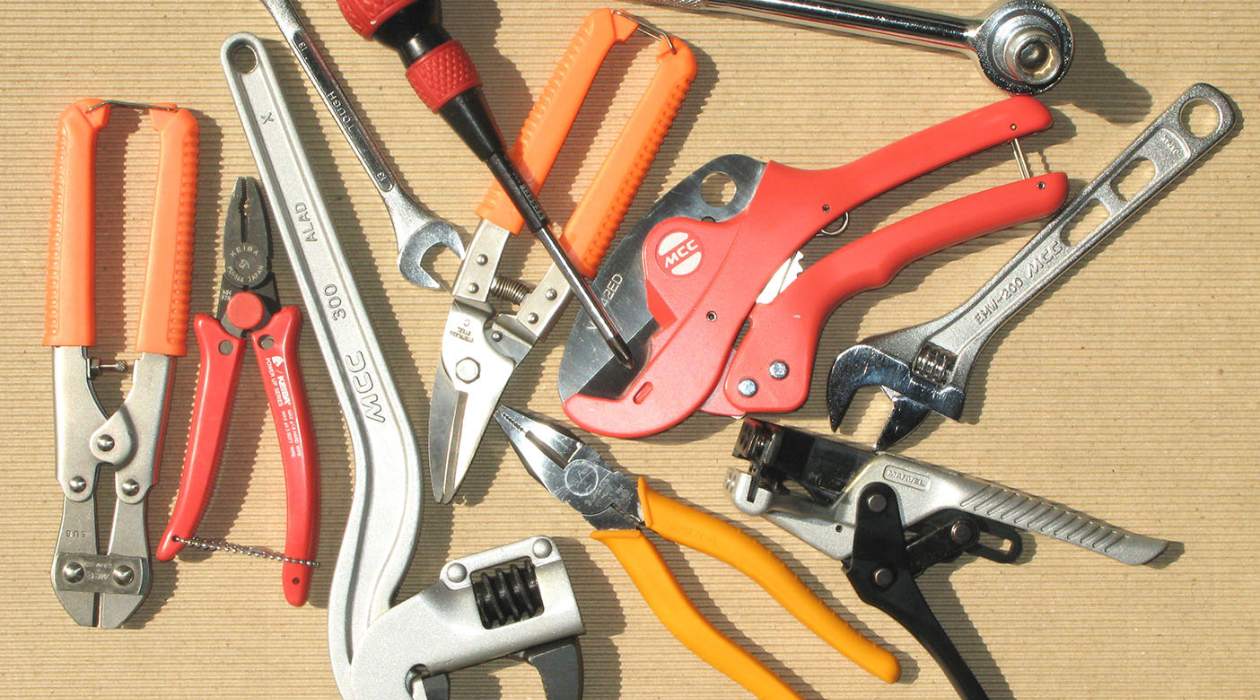

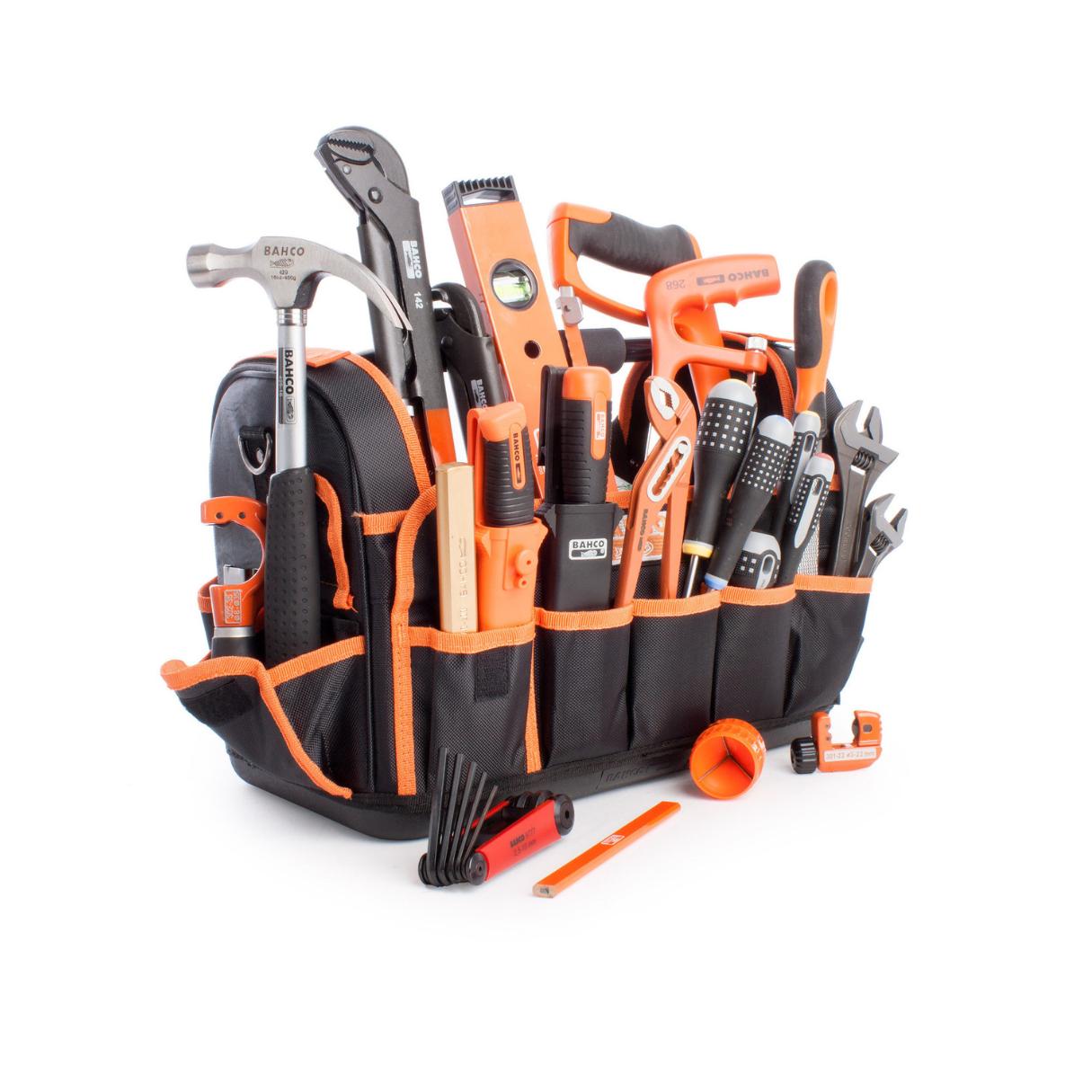
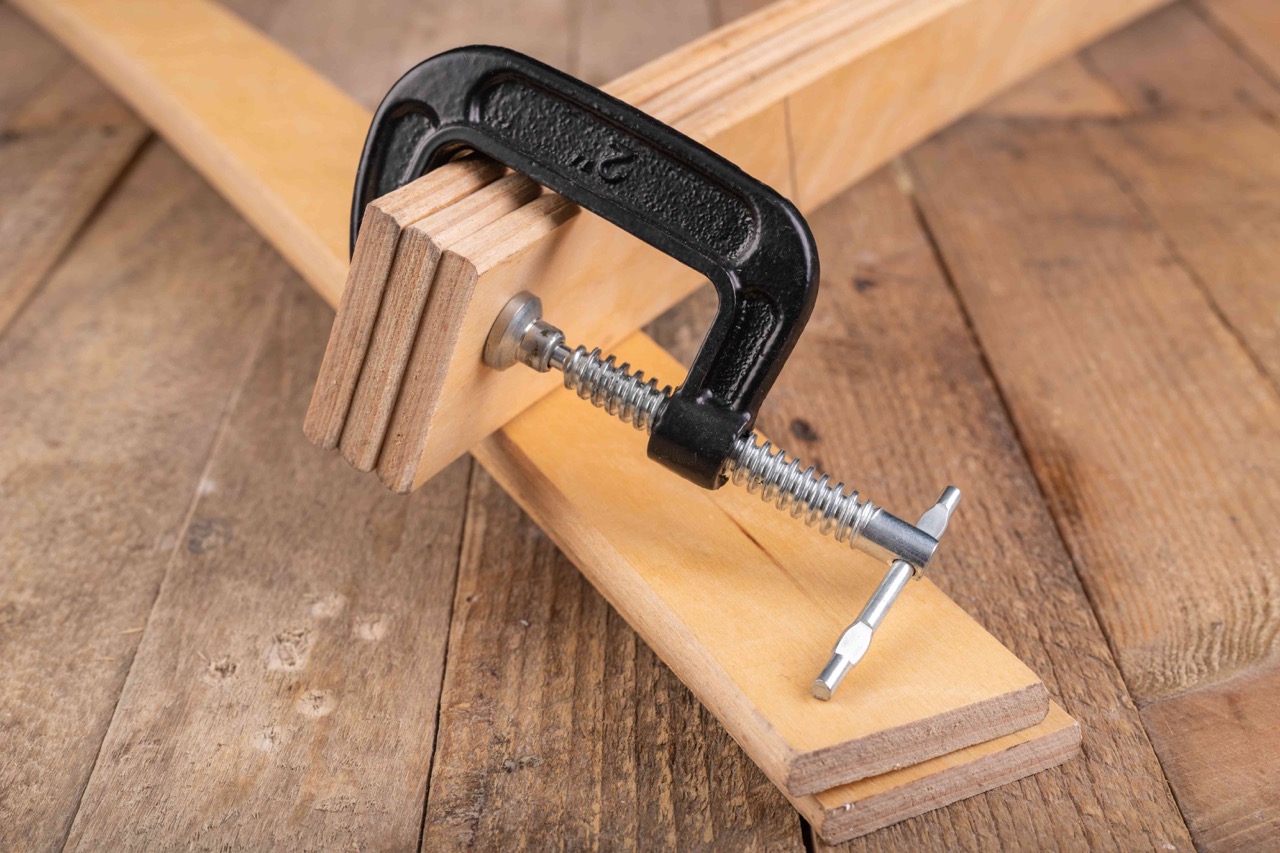
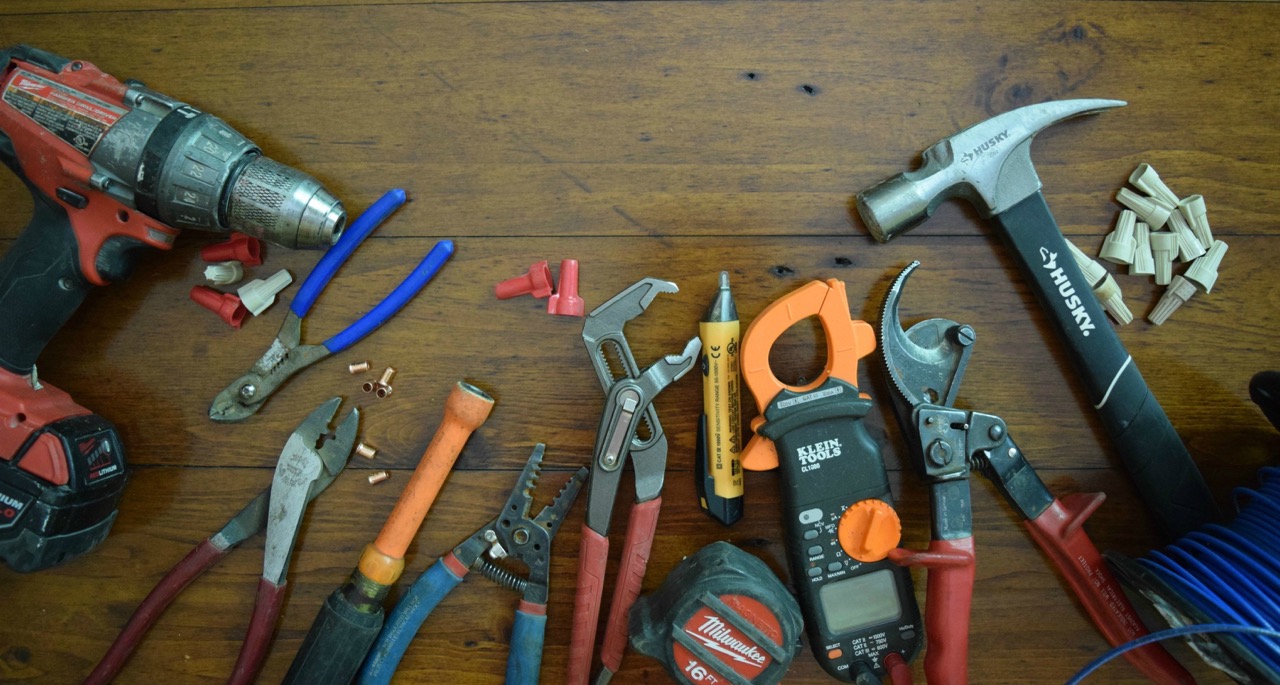
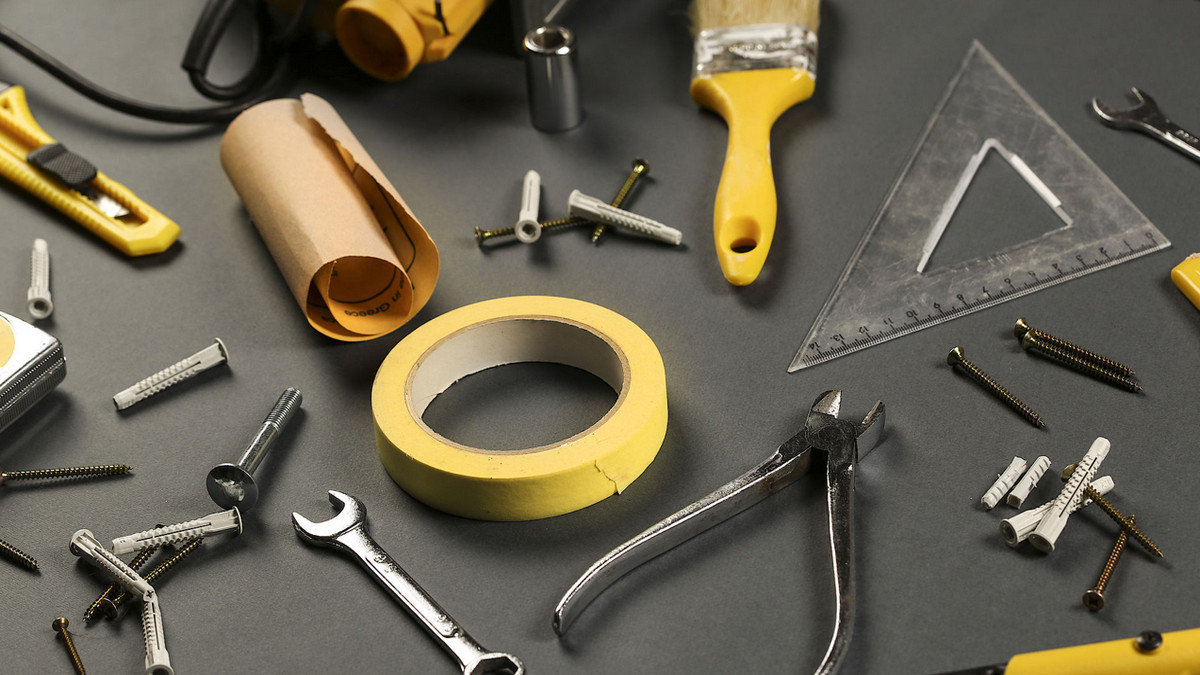



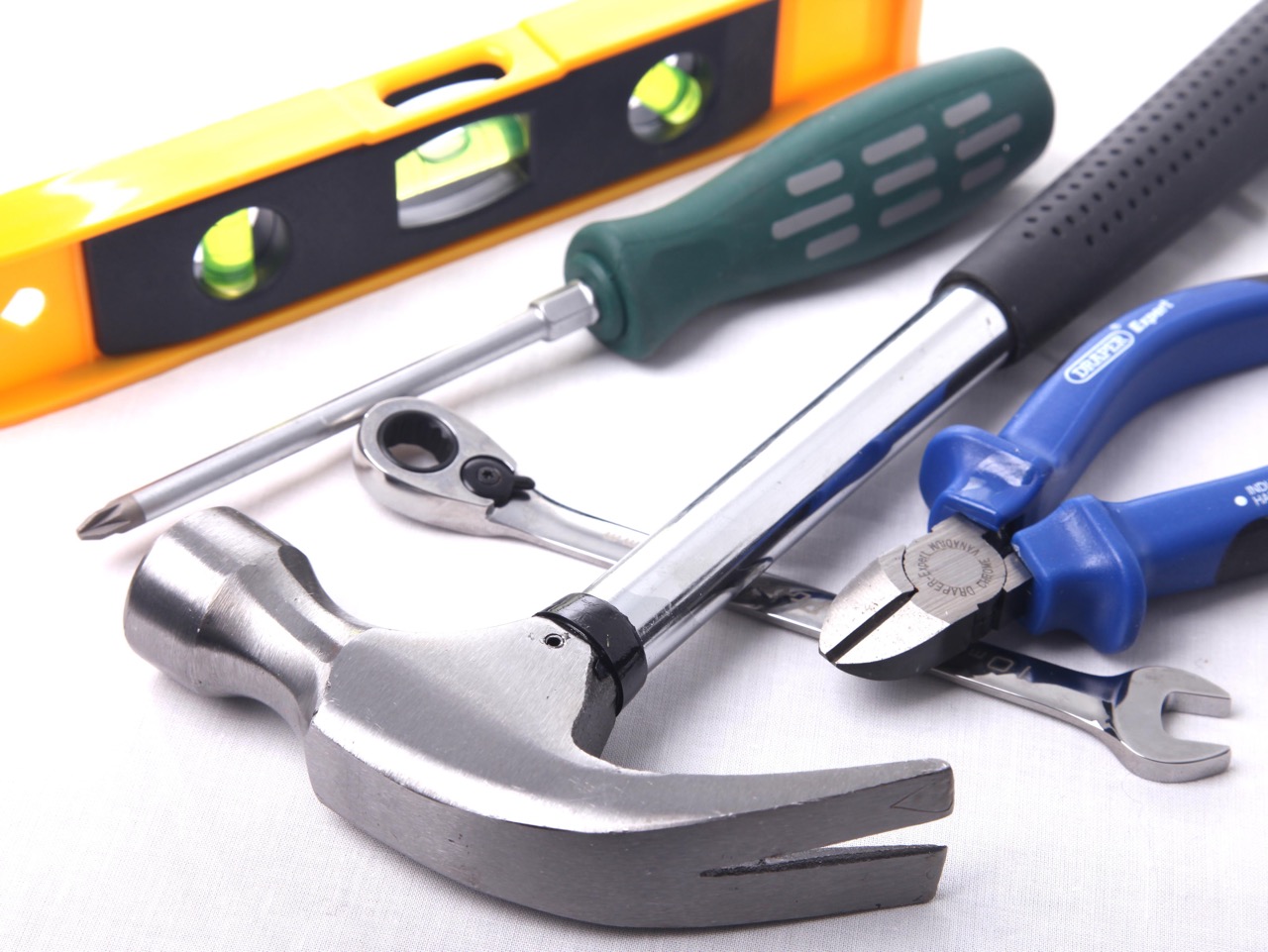

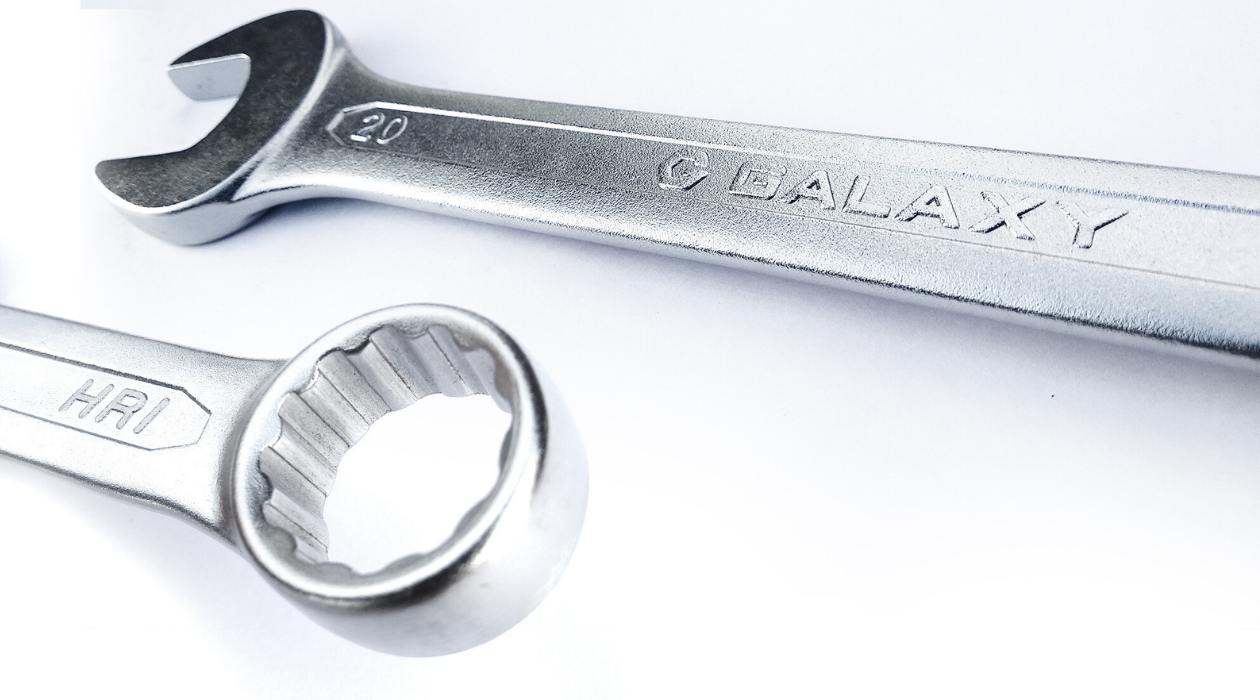
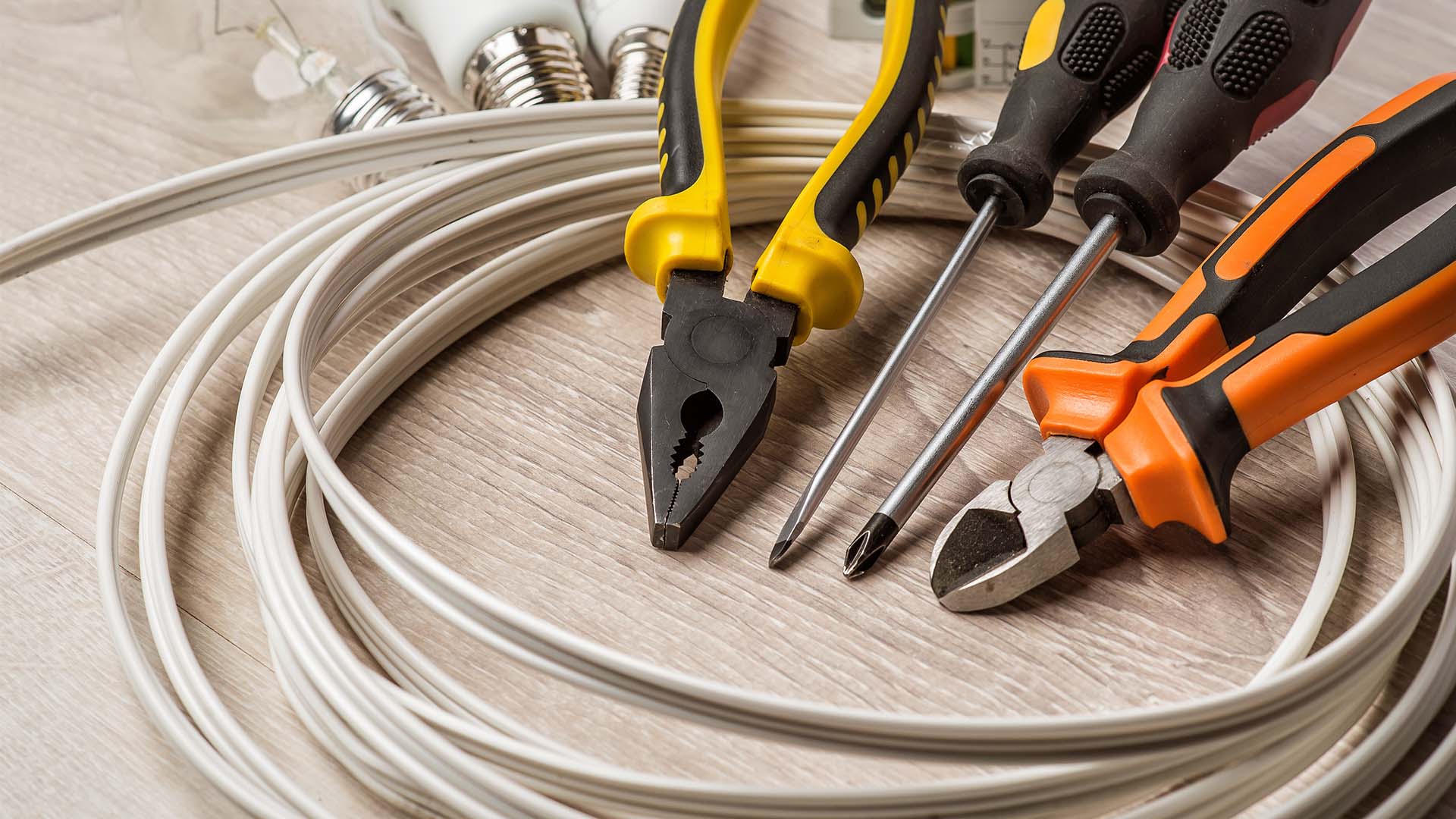

0 thoughts on “How Lithium Batteries For Hand Tools Work Tutorial”